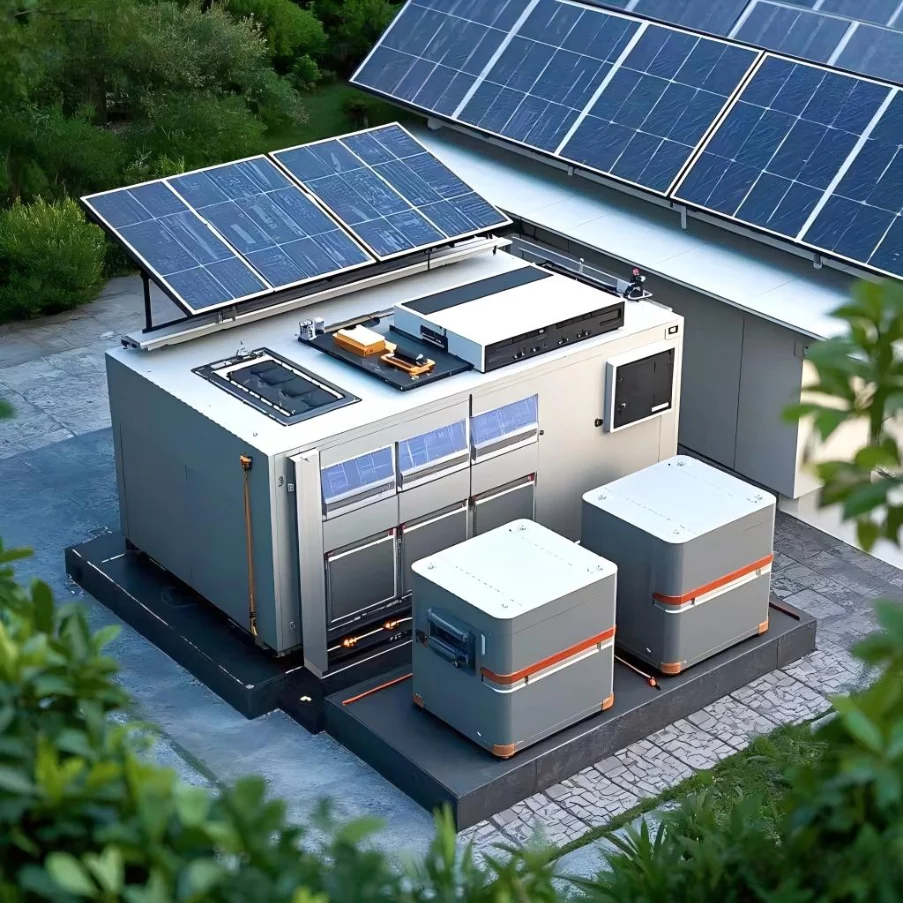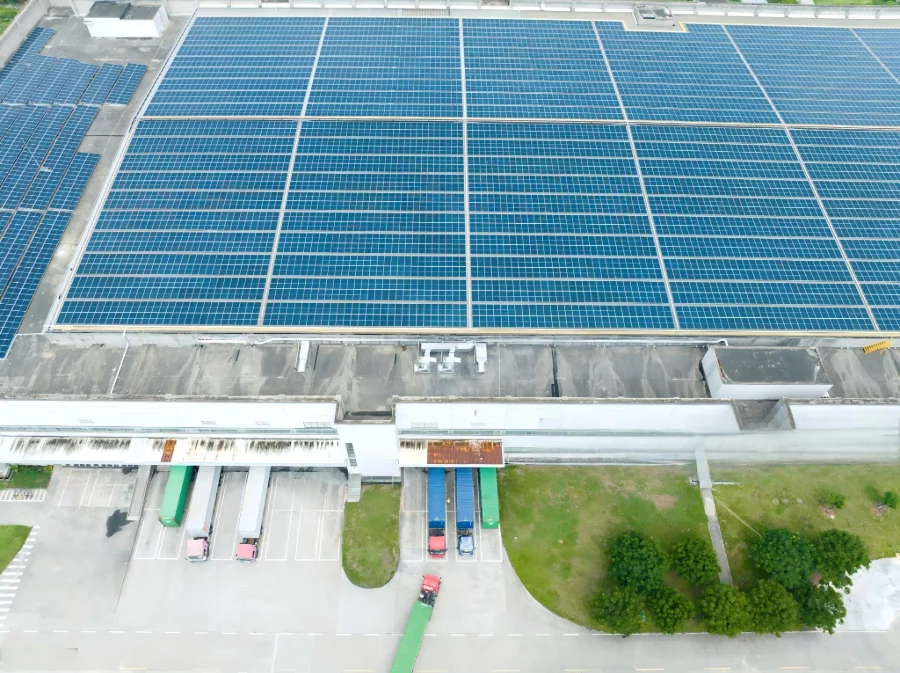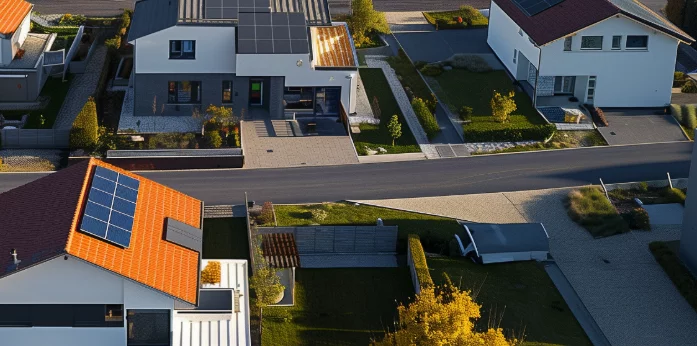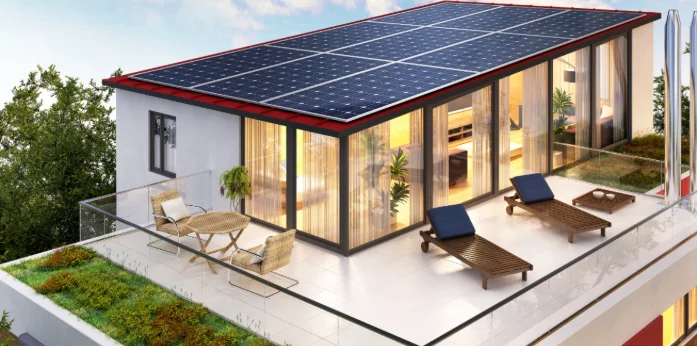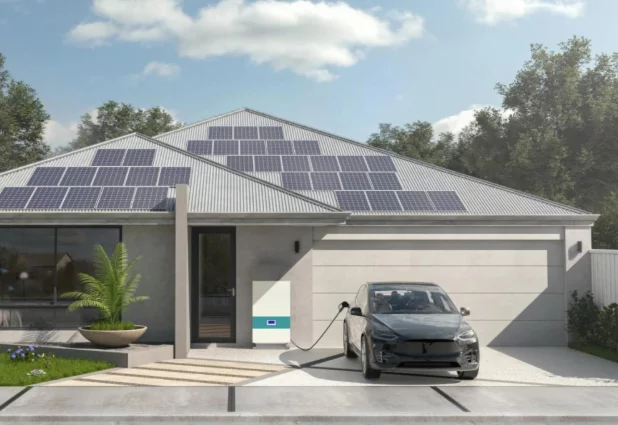The Social Impact of Solar Power: How It is Changing Communities and Urban Landscapes
Release time: 2025-08-08
As global energy crises and environmental issues become increasingly severe, solar power, as a clean and renewable energy source, is gradually transforming the way we live, especially in terms of energy structure in communities and cities. Solar power not only provides a more eco-friendly energy choice for individuals and businesses, but its impact on society and urban landscapes is also becoming more profound, making it an indispensable part of modern urban development.
Firstly, solar power helps promote energy independence. In many traditional cities, electricity supply relies on external energy resources, particularly fossil fuels. This not only causes large amounts of carbon emissions but also intensifies pressure on energy supply. By promoting solar power in cities and communities, households, businesses, and industrial buildings can rely on solar energy to meet part or even all of their electricity needs, reducing dependence on external energy and improving energy security.

In some cities and communities, the popularization of solar power has also helped improve energy self-sufficiency. For example, many households install residential solar panels on their rooftops, not only generating electricity for self-use but also feeding excess power back into the grid to earn economic returns. This makes the electricity supply in the community more flexible and alleviates the burden on the grid, promoting a more balanced distribution of energy resources.
Secondly, solar power contributes to improving urban environments and advancing green city development. As urbanization progresses, cities are becoming more densely populated, with energy consumption soaring. These buildings are often major consumers of traditional energy. Integrating solar power into urban building designs can significantly reduce carbon emissions, decrease the demand for traditional energy, and ease environmental pollution in cities. In many green building projects, solar panels have become a standard feature, enhancing energy efficiency and advancing the sustainable development of cities.
Moreover, solar power has a positive impact on the social and economic development of impoverished areas. Many remote areas, due to weak infrastructure, often face energy shortages. Solar power provides a convenient solution to these problems, offering clean electricity to local residents and creating new economic opportunities for the community. Through solar power projects, not only can local power supply be improved, but it can also stimulate employment, raise the quality of life, and boost regional economic development.
Lastly, the widespread use of solar power in communities can also enhance residents’ environmental awareness. In many communities, the installation and operation of solar photovoltaic systems have become a common concern among residents. As solar power becomes more prevalent, people are gradually becoming aware of the importance of environmental protection and energy conservation, fostering a nationwide green consciousness. This increased awareness plays an active role in driving the sustainable development of society.
In conclusion, the popularization of solar power is not just a technological transformation in energy, but also a key driving force in the transformation of society and urban landscapes. Through solar power, communities and cities can achieve energy independence, reduce pollution, promote green buildings and economic growth, and raise environmental awareness among residents. The widespread application of this technology will inject new vitality into the development of future cities, steering our society toward a more sustainable future.




